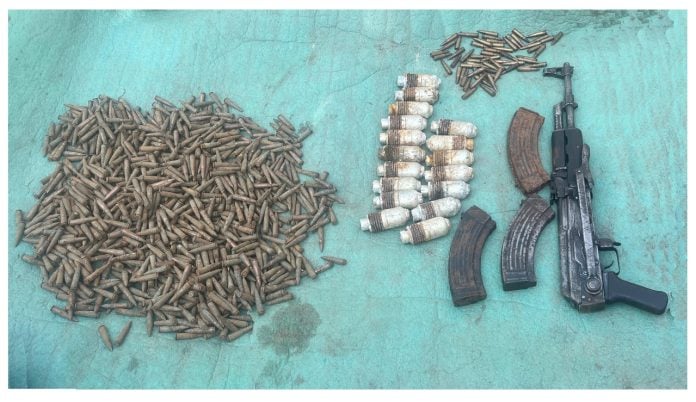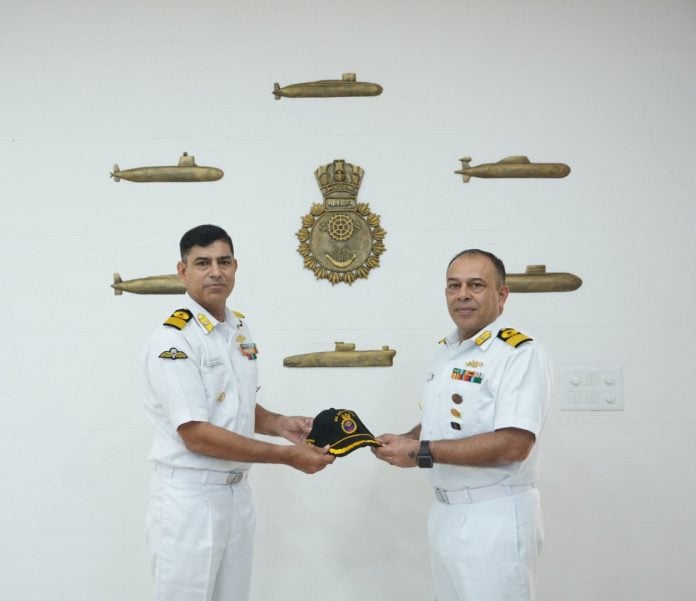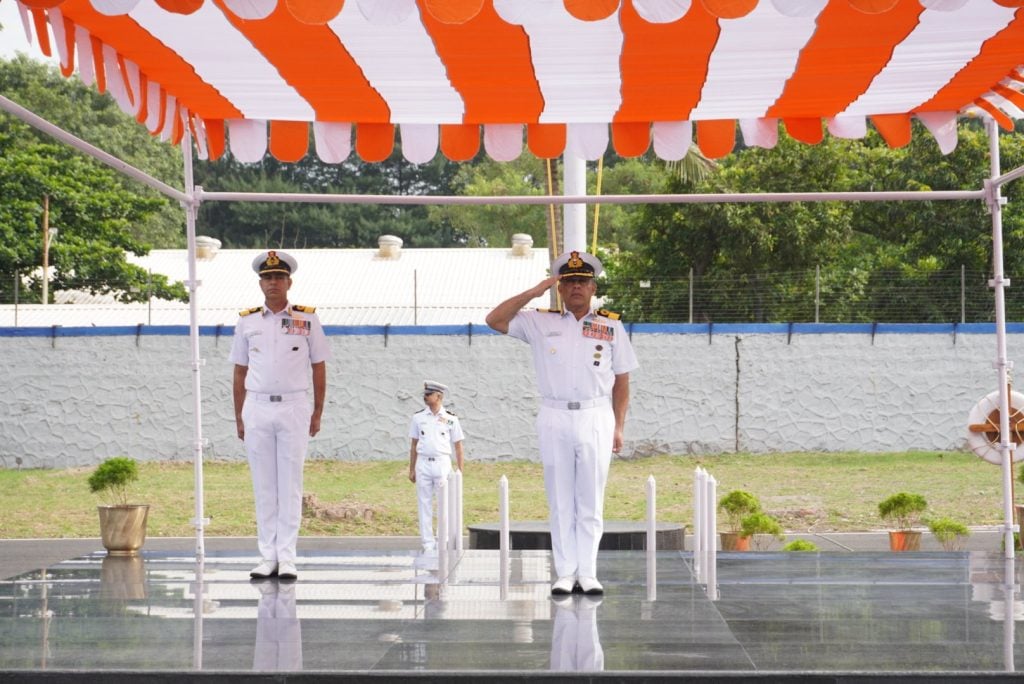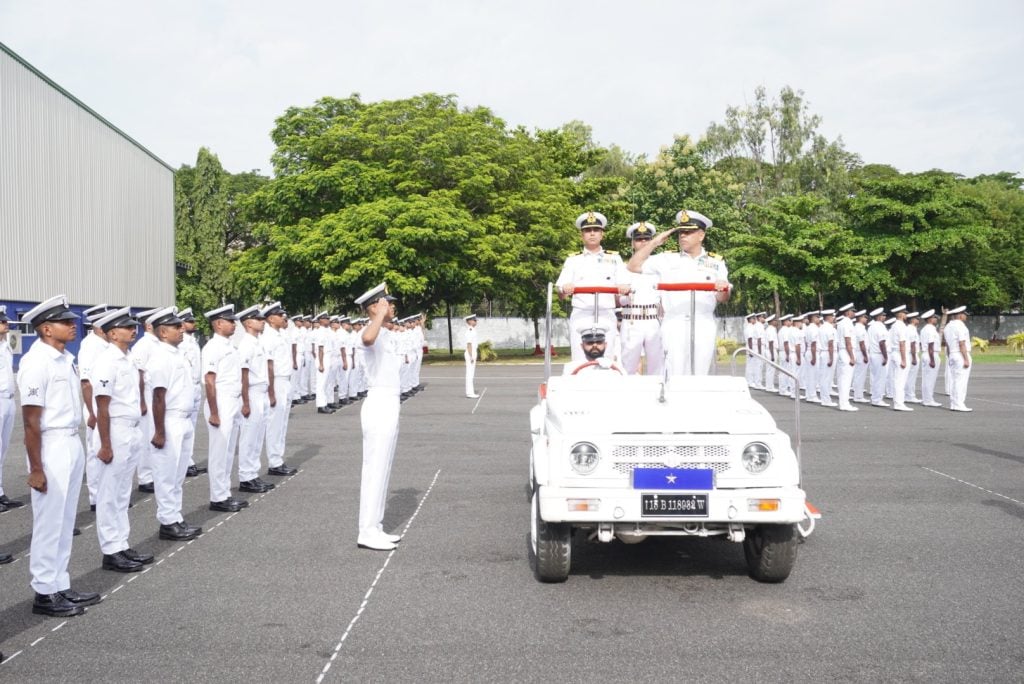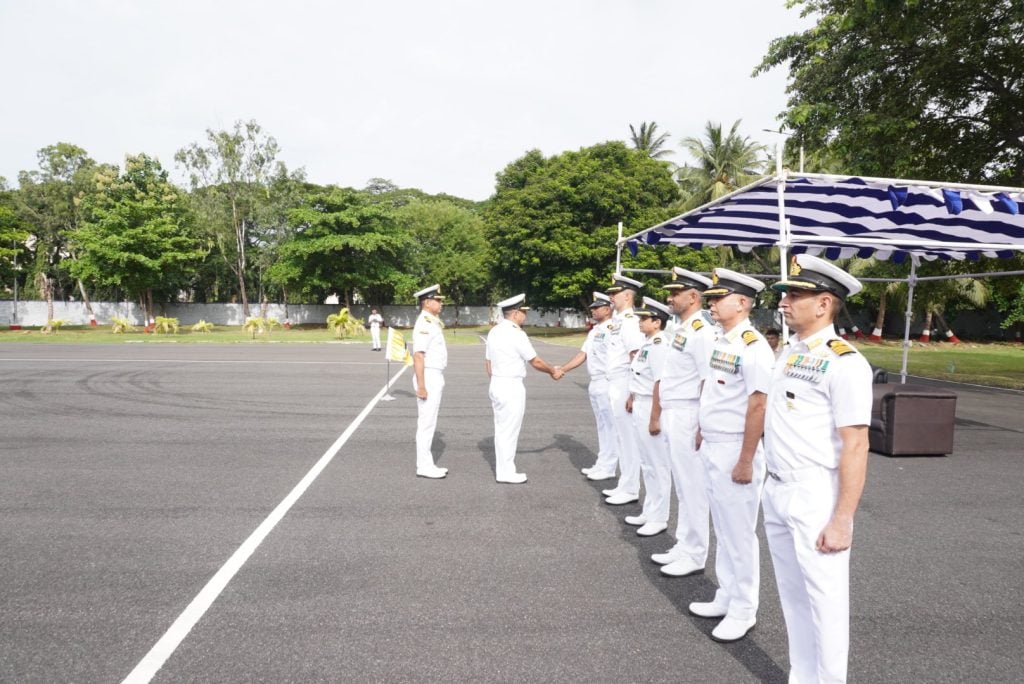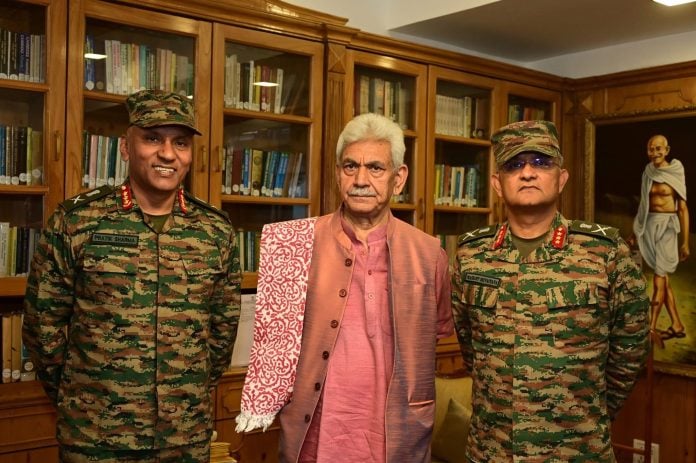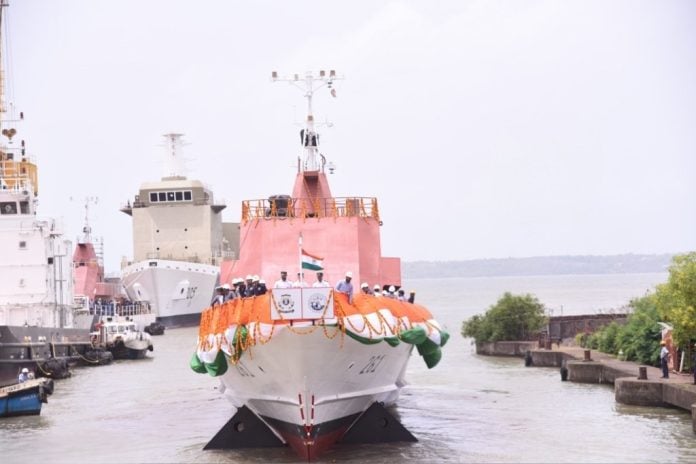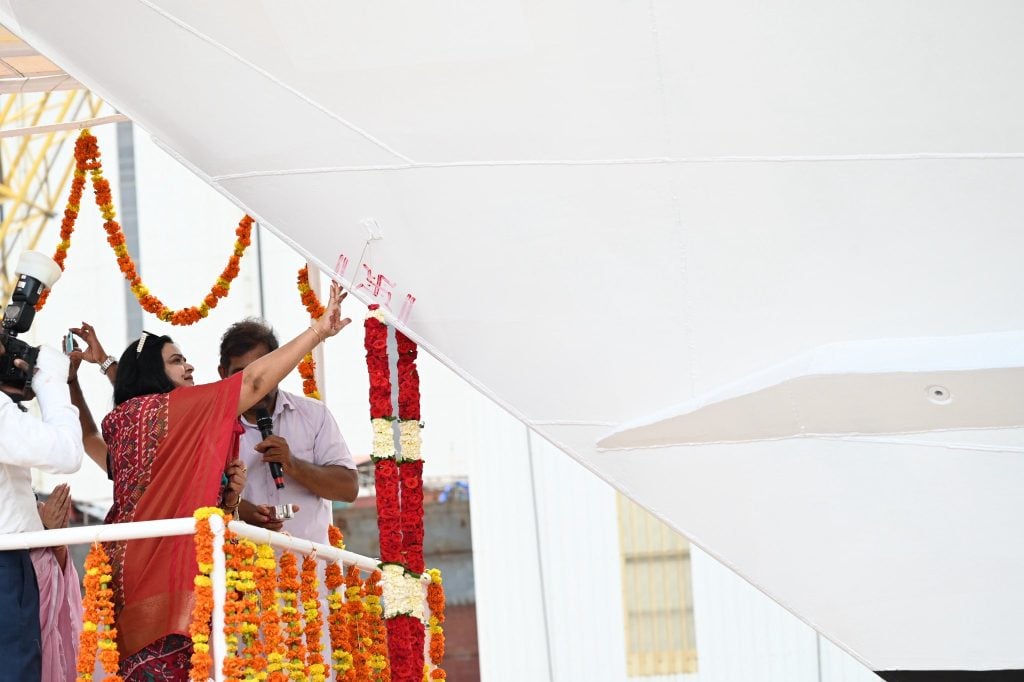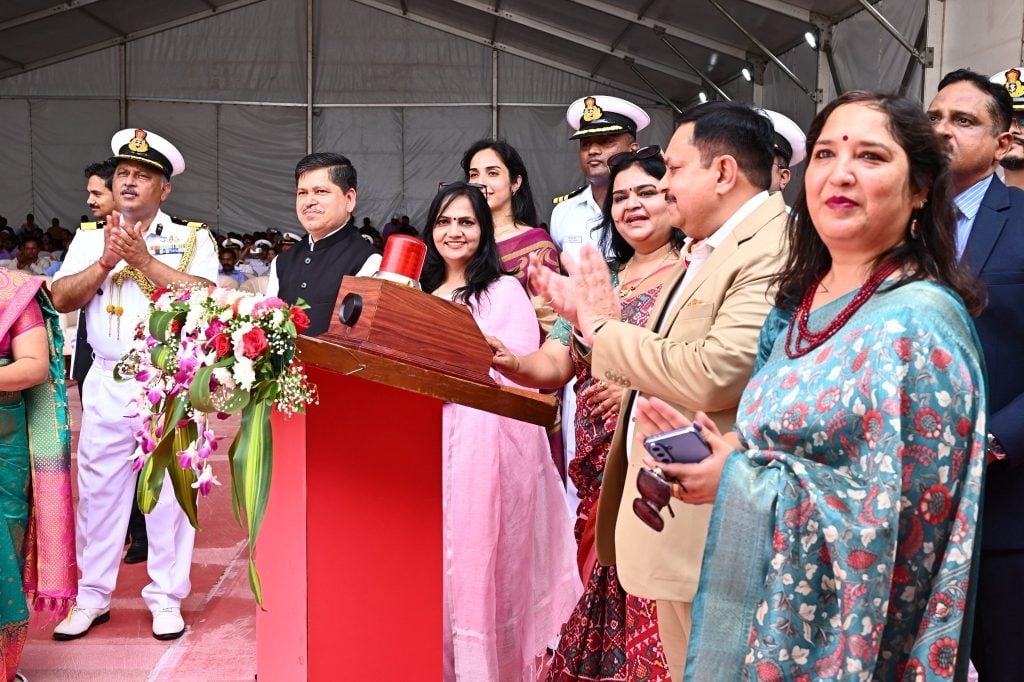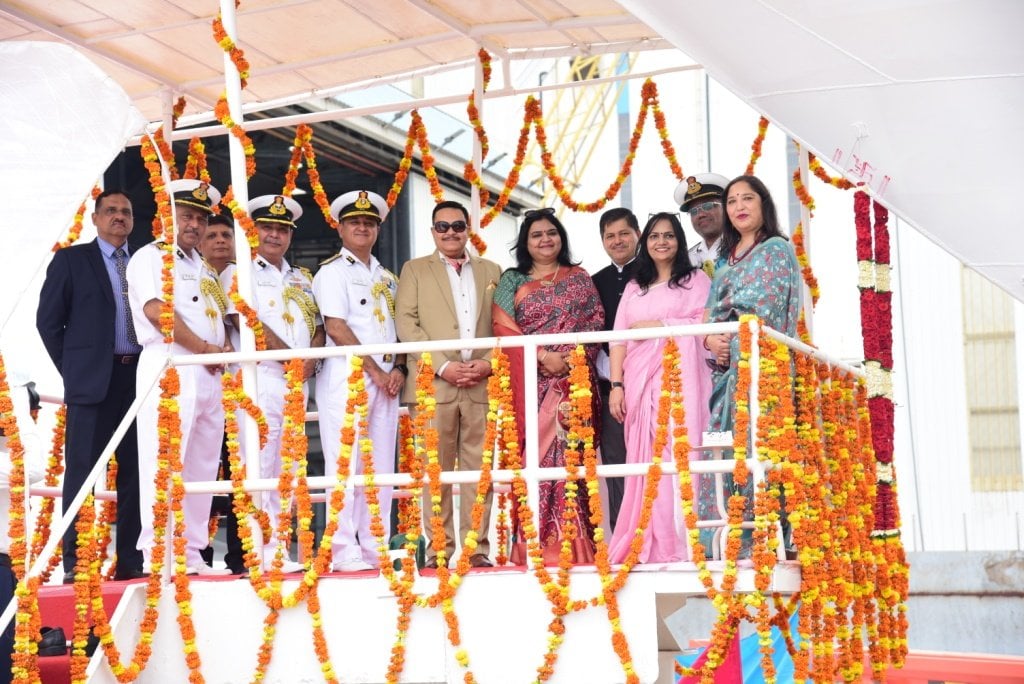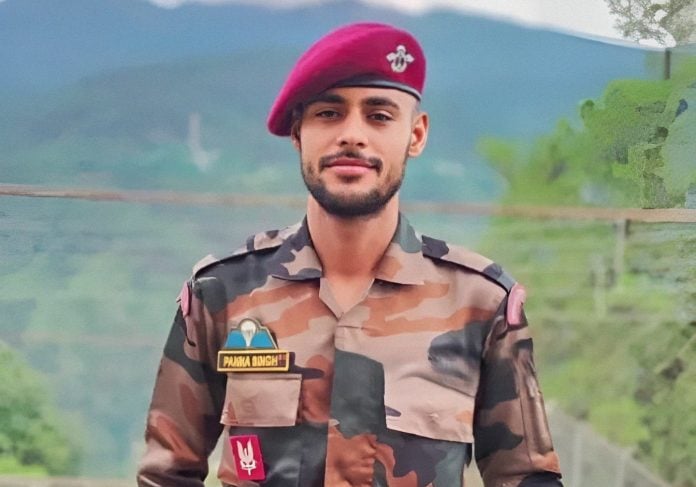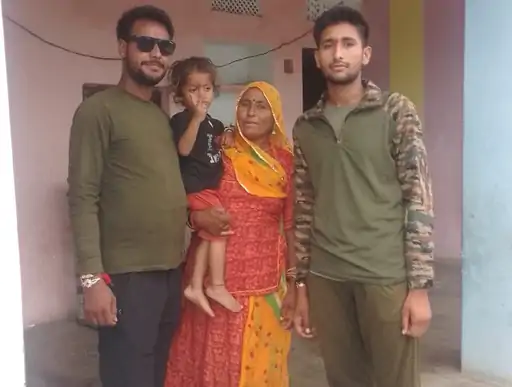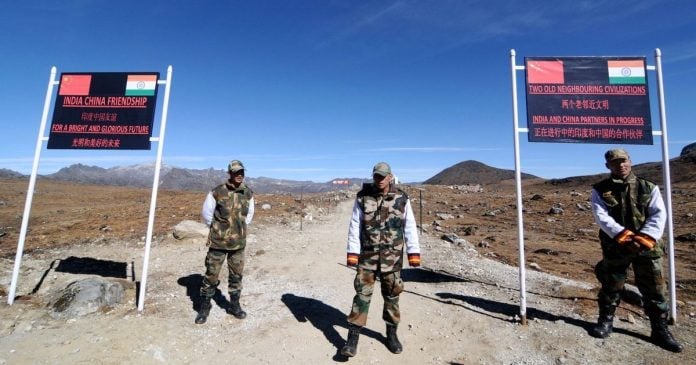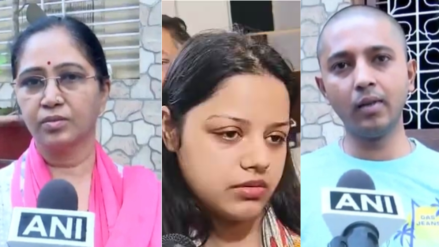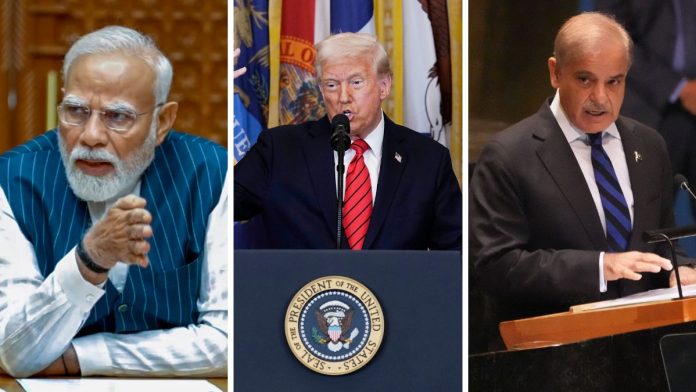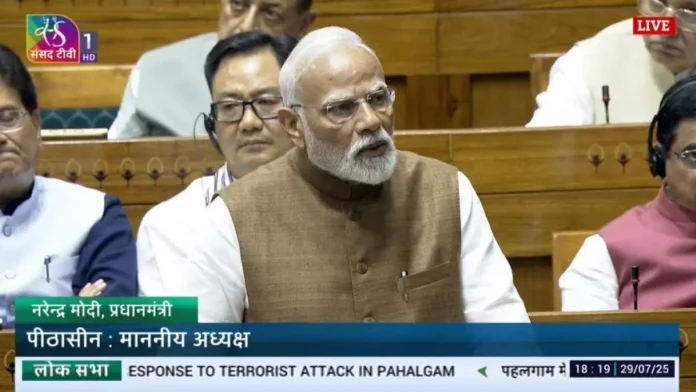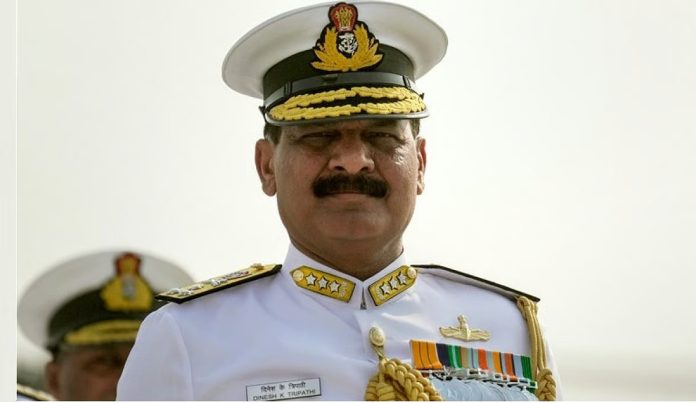In a major success under Operation Chowkibal, security forces recovered a significant cache of arms and ammunition in north Kashmir’s Kupwara district, disrupting a possible terror conspiracy near the Line of Control (LoC).
The operation was launched jointly by the 160 Battalion of the Territorial Army, 5 PARA, and Jammu and Kashmir Police from Police Station Kralpora, based on intelligence inputs provided by Military Intelligence. The raid was conducted between July 27 and 28 in the Chowkibal area.
The target of the operation was the residence of Wali Mohammad Mir, a resident of Marsary village in Chowkibal. During the search, the following war-like stores were recovered:
- One AK-56 rifle
- Three AK-56 magazines
- Seventeen Under Barrel Grenade Launcher (UBGL) grenades
- More than 1,000 rounds of AK-series ammunition
Security officials described the seizure as a crucial blow to militant logistics and cross-border arms smuggling, especially in a region that has historically seen infiltration attempts and terror activity.
An FIR (No. 53/2025) has been registered at Police Station Kralpora under relevant sections of the Arms Act (7/25), the Unlawful Activities (Prevention) Act (13, 23, 39), and the Explosive Substances Act (Section 5).
A senior official stated that timely and coordinated action helped avert a serious security threat. “Operation Chowkibal demonstrates the high level of synergy between the Indian Army and Jammu and Kashmir Police. Investigations are now focused on identifying the source of the weapons and any militant links,” the official said.
Follow-up searches and intelligence-based operations are expected to continue in the area to dismantle any remaining parts of the network involved in storing and transporting illegal arms.

